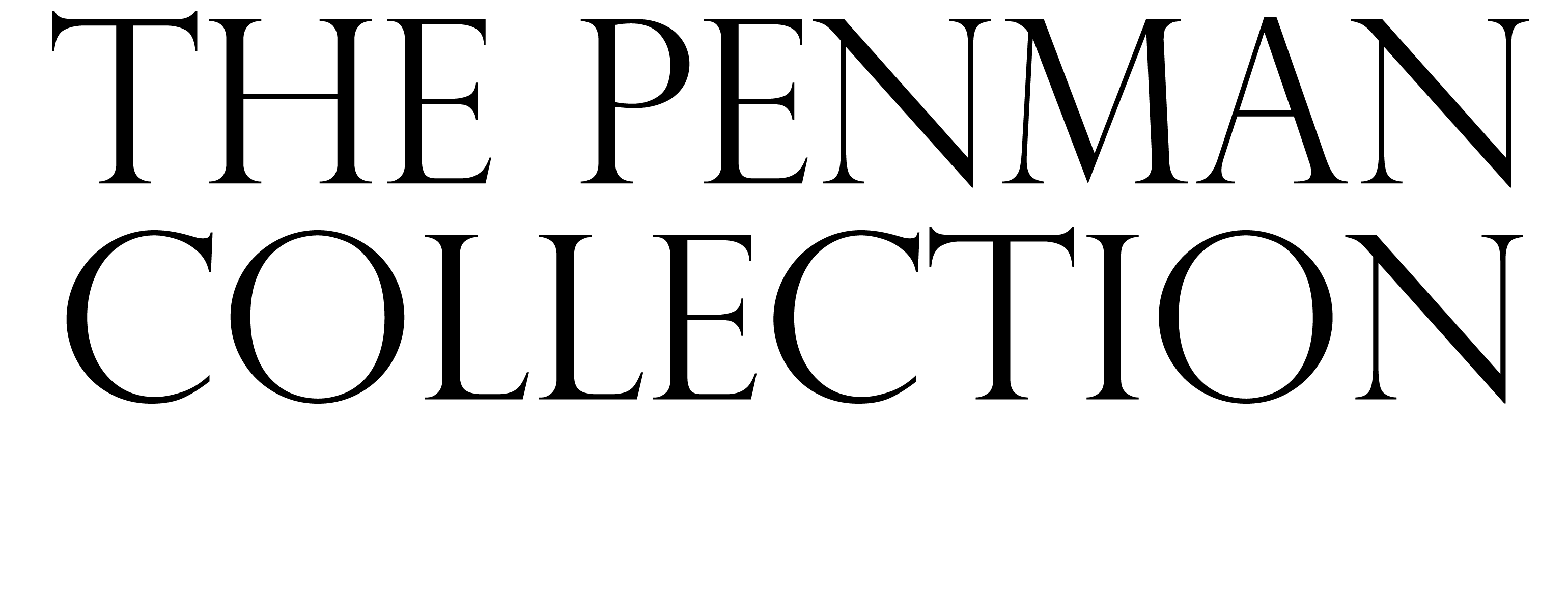Ecodesign Ready Stoves, clearskies and Air Quality
There’s nothing quite like relaxing by a cosy stove. Log burners and multifuel stoves are an efficient and cost-effective choice for those seeking a real fire. With so much uncertainty around the efficiency and regulations surrounding air quality and the environment, and the recent announcement on the Governments 25 Year Environment Plan to drive improvements of environmental air quality, we wanted to put together a guide designed to explain all about woodburning, multifuel stoves and the regulations.
There are no proposals to ban wood burning stoves, despite what some news headlines may have portrayed. The Ecodesign regulation for solid fuel space heating appliances came into force in the UK on 1st January 2022 meaning all stoves manufactured and placed on the market from that date must comply with the efficiency and emissions levels set out within Ecodesign. This means modern wood burning stoves are more efficient and less polluting than ever before and offer a very low carbon, sustainable and renewable way to heat your home.
Ecodesign has been introduced to improve energy efficiency and reduce air pollution from solid fuel local space heating appliances. It covers wood and smokeless fuelled stoves and fireplaces, pellet appliances and cookers that use solid fuel.
Ecodesign sets new and tougher standards for appliance efficiency and emissions than current UKCA/CE marking requirements specific. The standards that must be achieved to meet Ecodesign vary depending on the specific type of appliance but in all cases they cover:
- Minimum efficiency levels
- Maximum levels of:
- Particulate matter (PM)
- Carbon monoxide (CO)
- Organic gaseous compounds (OGC)
- Nitrogen oxides (NOx)
Ecodesign Ready Stoves in accordance with the Governments clean air strategy are designed to reduce emissions by burning wood more efficiently, taking into account the long-term environmental impact of the appliance during its whole lifecycle. Only appliances that have been tested and verified as meeting these new limits may be sold and installed legally within the UK.
SIA Ecodesign Ready stoves meet the new regulation which came into force on the 1st January 2022. All of the stoves featured in the Penman Collection are Ecodesign Ready and operate at levels far below the proposed new limit of 3g of CO2 per hour, pledging our support to a greener sustainable future in order to further reduce the impact of climate change.
In 2020 the clearSkies certification scheme was launched to help consumers identify stoves that meet and go beyond the requirements of Ecodesign with even further improved efficiency and a greater reduction in emissions.
clearSkies is a fully independent appliance certification scheme, administered by Kiwa UK and open to all manufacturers of solid fuel stoves. The SIA recommends clearSkies as the certification scheme of choice. In order to qualify for clearSkies certification, a stove or fireplace must be independently tested by an approved laboratory and meet the emissions criteria set out within the Ecodesign Regulation. These test results are then verified by the clearSkies scheme administrator as part of the clearSkies certification process.
Our cutting-edge appliances are certified at clearSkies Level 4 & 5 and not only meet the emissions and efficiency limits for clearSkies, but they also go some considerable way beyond them as well, giving you even greater reassurance that your Penman stove will help to improve air quality by minimising emissions and maximising efficiency.
All wood combustion will give off some particles but an Ecodesign stove burning Ready to burn certified fuel has very low levels of emissions. Based on independent test results from an accredited laboratory, an Ecodesign stove (e.g. A clearSkies certified appliance) will produce up to 90% less emissions than an open fire and 80% less emissions than a non Ecodesign appliance.
Yes, wood burning stoves are a genuine renewable low carbon method of heating, and modern stoves have low levels of emissions. A key aspect here is the low carbon nature of wood burning, as the trees remove as much CO2 during their lives as they produce being burnt in a wood burning stove. A tree left to decompose in the forest will produce more CO2 than when it is burnt in an Ecodesign compliant stove or fireplace.
Yes, this is critically important. Burning the wrong fuel can be bad for the environment and damage your stove. You should make sure you follow the manufacturer’s instructions and only burn approved fuels. In particular wood should be dry, which means less than 20% moisture content. This can be easily achieved by either seasoning your own wood for 2 years before burning, buying kiln dried wood or buying wood that has been certified to be “dry”, such as looking for the ready to burn logo on the fuel packaging.
PM2.5, also known as fine particulate matter, refers to particles found in the air including dust, soot, dirt, smoke, and liquid droplets. PM2.5 particles measure 2.5 microns or less in diameter and can only be seen with an electron microscope.
According to the DEFRA report, domestic combustion accounted for 22.7 thousand tonnes of PM2.5 in 2021, which accounts for around 27% of the UK total. They also mentioned that wood fuel made up a greater percentage of PM2.5 than previously. The reduction of the use of coal for domestic heating is one reason driving this.
Grouping “Domestic Combustion”
When the report talks about “domestic combustion”, it groups all appliance types together. This includes open fires, old inefficient stoves and, of course, high-efficiency Ecodesign stoves. The study does not separate the vastly different efficiencies in the broad grouping of “domestic burning”.
PM2.5 From Ecodesign Stoves
It’s estimated that just 4.8% of PM2.5 emissions are attributed to Ecodesign stoves. In the broader context, this equates to a tiny 1.3% of total PM2.5 emissions in the UK. It’s important that people know the vast differences in emission output so they can make an informed decision about the appliance they are considering purchasing.
There is enough home-grown wood to ensure it is sustainable, and using wood for fuel is a sound environmental choice. Wood is plentiful, especially from a sustainable resource such as managed or coppiced forests, and its price is stable unlike some of the other limited resources in the world such as gas and oil. Furthermore, stoves meeting the Ecodesign regulation are significantly more efficient than an open fire and therefore use less logs to generate the same heat output.
Chimney sweeping and regular stove maintenance are important processes to ensure that your stove performs as it should. The SIA recommends having your chimney swept at least once per year. Maintaining your stove will help to ensure that it runs as the manufacturer intended. Check regularly for signs of wear on the door seal and immediately replace any cracked stove glass. Your sweep may be able to carry out these repairs for you.



